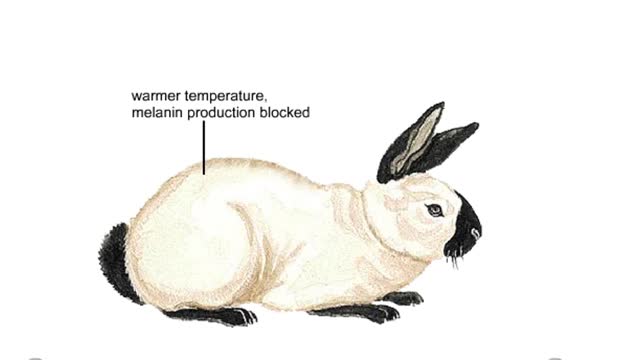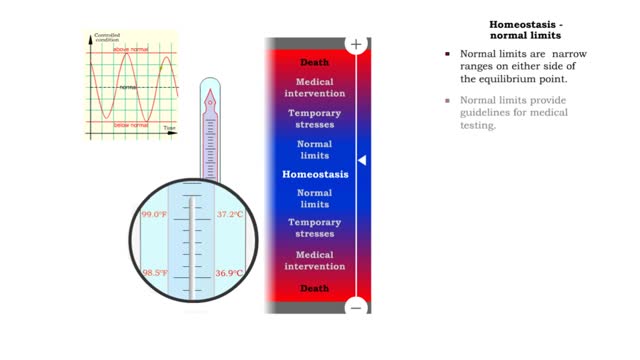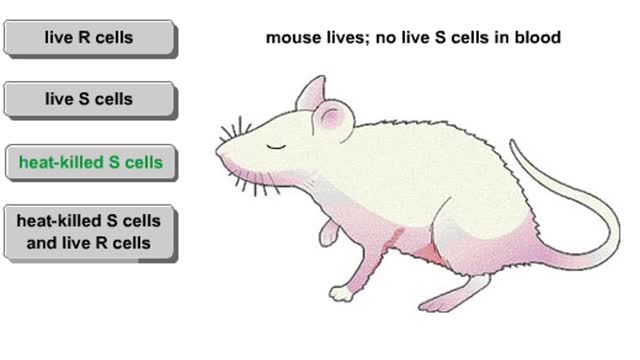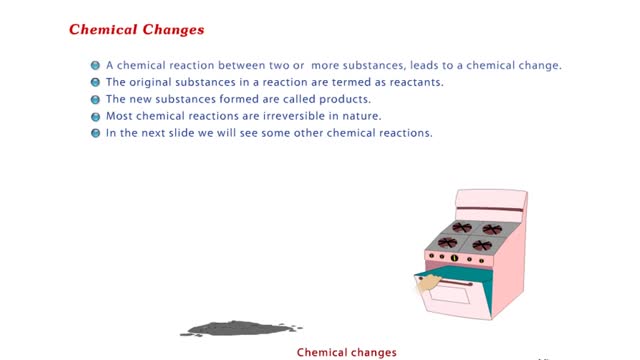Metabolic Rate, Heat and Thermoregulation - response to heat and cold stresses
By: HWC
Date Uploaded: 10/27/2019
Tags: homeworkclinic.com Homework Clinic HWC Thermoregulation neuron group hypothalamus heat balance preoptic region thermoreceptors heat stress Sweat glands perspiration cold stress periphery homeostasis
• A neuron group in the anterior portion of the hypothalamus controls heat balance. • Neurons in the preoptic region of the hypothalamus integrate signals that come from thermoreceptors. • The temperature control center in the preoptic region propagates control signals to two other parts of the hypothalamus that control heat loss and heat production. • When overheating occurs, the control center in the preoptic region inhibits the heat-promoting center and stimulates the heat-losing center. • The blood vessels in the skin receive neural signals causing them to dilate, allowing greater amounts of warmed blood into the skin. • Sweat glands are stimulated to produce perspiration that accumulates on the surface of the skin. ▪ The evaporating sweat cools the skin, which cools the blood, that is then re-circulated in the body. • If overcooling occurs, the control center in the preoptic region stimulates the heat-promoting center. • The skeletal muscles receive signals to shiver which will produce additional heat. • The blood vessels in the skin receive signals to constrict, decreasing the flow of warm blood at the body's periphery. • Forced heat production and minimized heat loss restore homeostasis. The rates of metabolic reactions control the amount of heat produced by the body. The rate of heat loss must equal the rate of heat production to maintain homeostasis of body temperature. The metabolic rate is the overall rate at which metabolic reactions use energy. Metabolic rate is measured with the body in a quiet, resting and fasting state. This is basal metabolic rate (BMR). Factors that affect metabolic rate (heat production) include: Exercise Hormones Nervous system Body temperature Ingestion of food Age Gender, climate, sleeping, malnutrition Heat is transferred from the body to the environment by: Conduction Convection Radiation Evaporation The preoptic area of the hypothalamus is the body’s thermostat. Thermoreceptors send information to the preoptic area which sends signals to the heat-losing center and heat-promoting center of the hypothalamus, depending on the body’s needs. Negative feedback mechanisms conserve heat and increase heat production. Energy intake is directly dependent on the amount of food consumed. Total energy expenditure is based on: Basal metabolic rate (60%) Physical activity (30–35%) Food-induced thermogenesis (5–10%) The arcuate nucleus and the paraventricular nucleus of the hypothalamus are the areas that control hunger. The hormone leptin helps to decrease adiposity (body fat mass). Neuropeptide Y stimulates food intake. Melanocortin inhibits food intake.
Add To
You must login to add videos to your playlists.
Advertisement












Comments
0 Comments total
Sign In to post comments.
No comments have been posted for this video yet.